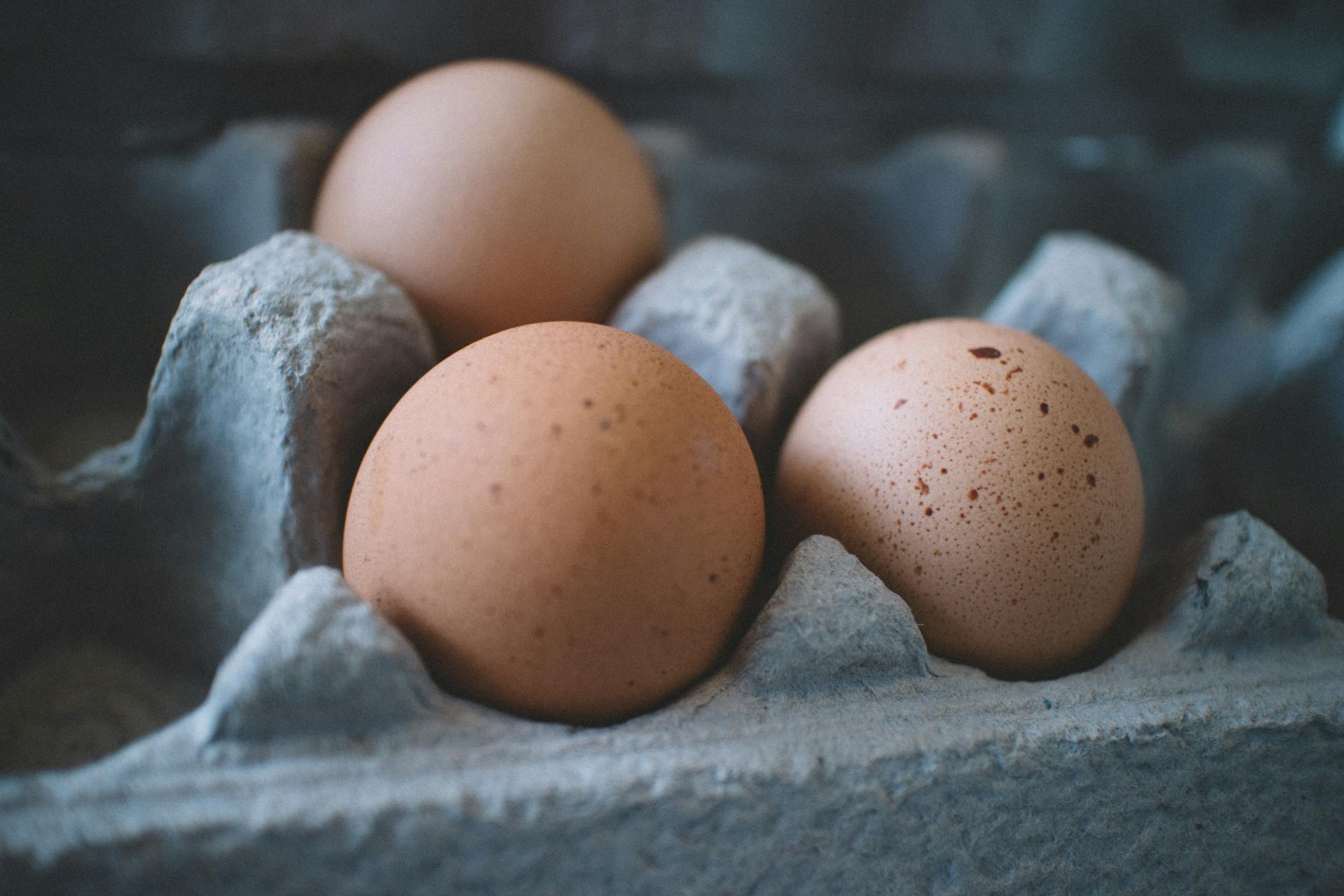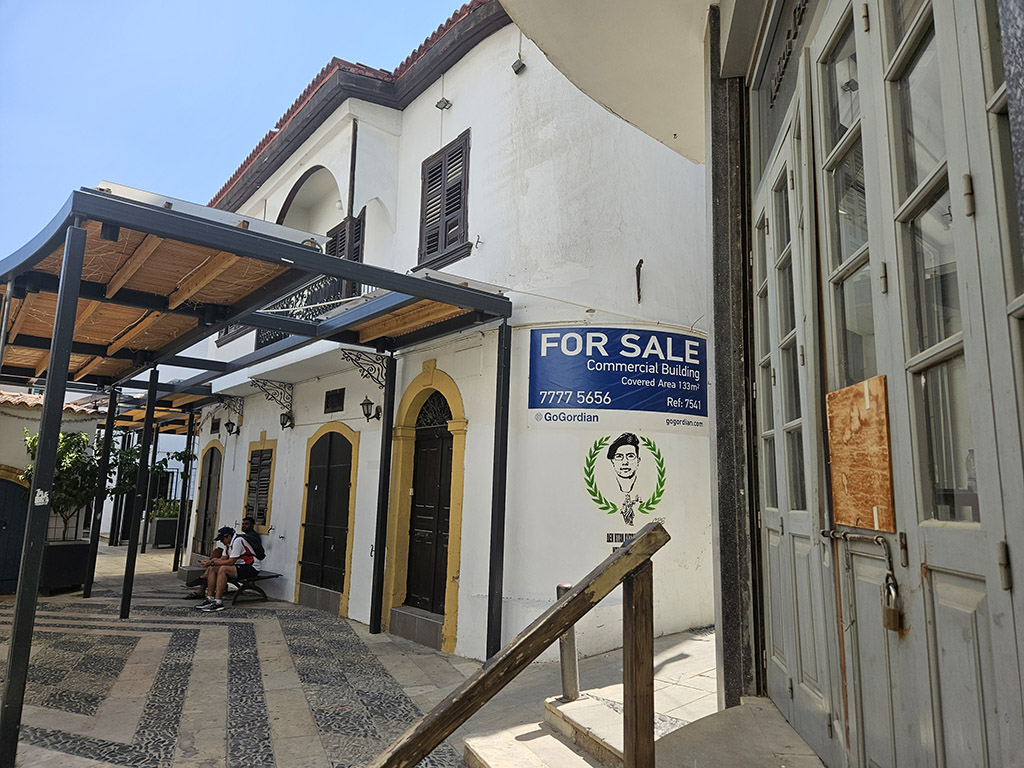The average price of agricultural output across the European Union rose by 5.6 per cent during the second quarter of 2025, compared with the same quarter of 2024, according to a report from Eurostat.
This confirmed an upward trend in prices after a previous period of decline, the European Union’s statistical office said.
The average price of goods and services used in agriculture but not related to investment, including energy, fertilisers, and feeding stuffs, increased slightly by 0.4 per cent over the same period, they added.
Comparing output prices in the second quarter of 2025 with the same period of 2024, there were sharp increases for key agricultural products such as eggs, which rose by 27.8 per cent, fruit, which rose by 21.1 per cent, and milk, which increased by 13.3 per cent.
By contrast, olive oil fell by 39.9 per cent and potatoes dropped by 29.1 per cent, the data showed.
Among inputs not related to investment, the sharpest increases were seen in fertilisers and soil improvers, which rose by 5.6 per cent, and veterinary expenses, which went up by 3.3 per cent.
Energy and lubricants recorded the steepest decline at 5.8 per cent, within which the price of motor fuel fell by 10.8 per cent, Eurostat added.
Agricultural output prices rose in almost all EU countries in the second quarter of 2025 compared with the same quarter of 2024, with the exception of Greece, which saw a slight decline of 0.1 per cent.
The highest increases were recorded in Latvia, up 21.8 per cent, Ireland, up 21.1 per cent, and Luxembourg, up 18.4 per cent, they added.
Regarding inputs not related to investment, 17 EU countries reported price increases in the second quarter of 2025 compared with the same quarter of 2024.
The largest rises were recorded in the Netherlands, up 6.1 per cent, Hungary, up 5.6 per cent, and Austria, up 2.9 per cent.
Among countries with lower prices, Cyprus saw one of the steepest declines, with input costs falling by 3.4 per cent, the same as in Bulgaria, while Romania recorded a drop of 3.1 per cent, they added.







Click here to change your cookie preferences